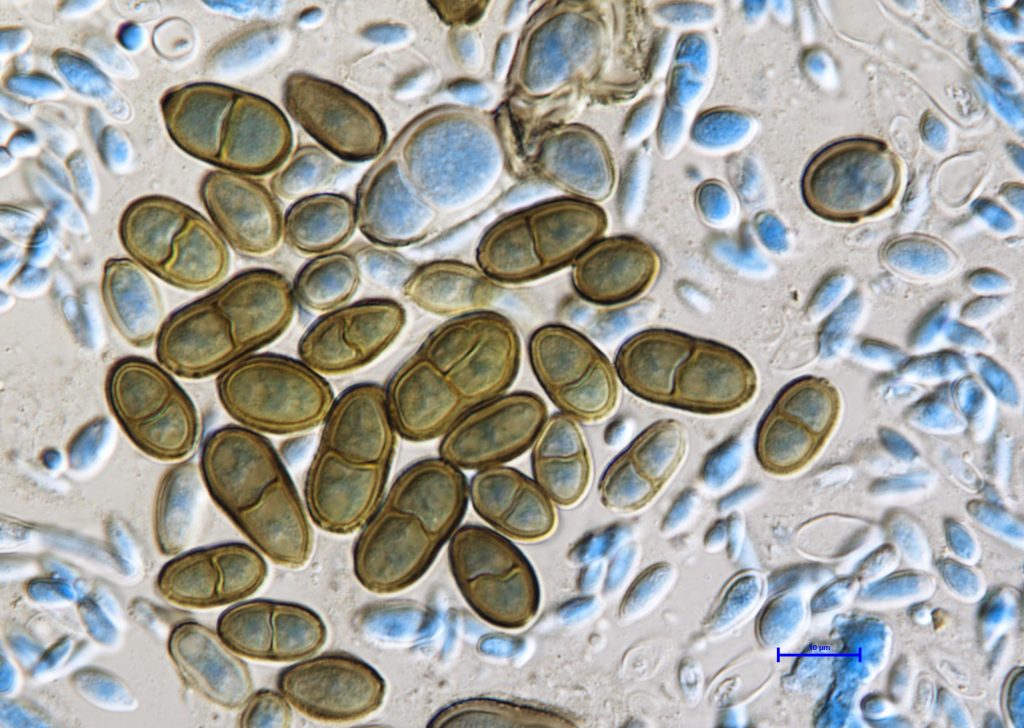
July 26, 2024


The exhibition Papiro-logía / Circular Design and Interior Uses of Paper took place 11-16 June 2019 at City Hall in Ljubljana. The work of 12 master’s students from the industrial design programme was exhibited. The exhibited products show the possibilities for using paper in the interior based on the principles of circular design and effective solutions for the transition to a circular economy.
The students presented innovative paper products, including Hive – modular system of light from paper, which deliberately uses the presumption of a temporary product from a rapidly disposable material; Sensors cupola, which adapts to the needs of children with sensory integration disabilities and offers them the opportunity for quality learning, development and play; Zoobox – assembled toy, which encourages the development of motor skills, strengthens spatial orientation and stimulates imagination; Polygami – toy, which stimulates creativity, spatial perception, motor skills and enables children to explore and create their own imaginative space; Paper project + bioplastic, which is based on the discovery and generation of new, and so far unused, potential of non-recyclable paper; Chair – made out of newspaper, which shows that recycled newspaper is a construction and aesthetically suitable material for furniture; User and environmentally friendly electoral infrastructure, which gives an answer in the form of improved existing electoral equipment; Šiva – partition wall, which enables flexible modular construction of soundproof rooms, suitable primarily for solving the problem of loss of concentration in inadequately designed open spaces; Val/Wall, an integral system for sound control elements in open areas; Folding partition walls Senta and Sipha, ensuring more efficient work and greater employee satisfaction within open offices; Papertry, a device for easier quitting of smoking and Destructive game, enabling children to relax their inner tensions and recognize the limits of their own power and the transformative potential of aggression in an environmentally acceptable manner.
The entire process of designing these products was based on the established methods from the world’s leading circular economy foundation – the Ellen MacArthur Foundation. This foundation sees design as one of the most important building blocks for the transition to a circular economy.
The Regional Development Agency of the Ljubljana Urban Region (RRA LUR) is intensively directing its activities towards the creation of economically efficient and environmentally friendly development. They initiated the idea to organize this exhibition as they recognize circular design as one of the key foundations of a circular economy. The exhibited products prove that, through innovative design and cross-sectoral cooperation in the region, numerous green opportunities can be created. RRA LUR will continue to strive to upgrade and expand these opportunities at the regional and national level. The Ljubljana Urban Region is also one of the first regions to obtain guidelines and recommendations from the European Union for the transition from a linear to circular economy.
Assoc. Prof. Lucija Močnik Ramovš, MA, Dean of the Academy of Fine Arts and Design at the University of Ljubljana, is convinced that this exhibition is another excellent example of the dedication of students and professors at the Department of Industrial and Uniform Design to stimulate and establish sustainable operation in society. Their mission is also visible internationally since this year Slovenia will take part in the Milan Triennial, where the Republic will present itself with the concept “Thinking the conditions of our time” (»Misliti pogoje našega časa«), designed by the students.
At this link, you can find the publication, which is printed (as were all other exhibition materials) on paper made from non-native invasive plants (acacias and Fallopia japonica).
This paper was developed, produced and donated by the Pulp and Paper Institute (PPI). Within the framework of the partnership, PPI also provided professional support in product development for the involved students. Moreover, the leading European packaging company DS-Smith collaborated with them and provided knowledge and materials for the exhibited products.
The exhibition was created in cooperation with the Regional Development Agency of the Ljubljana Urban Region, the Academy of Fine Arts and Design of the University of Ljubljana, the Pulp and Paper Institute, the companies DS Smith and TAM-TAM and the Municipality of Ljubljana as part of the InnoRenew project.